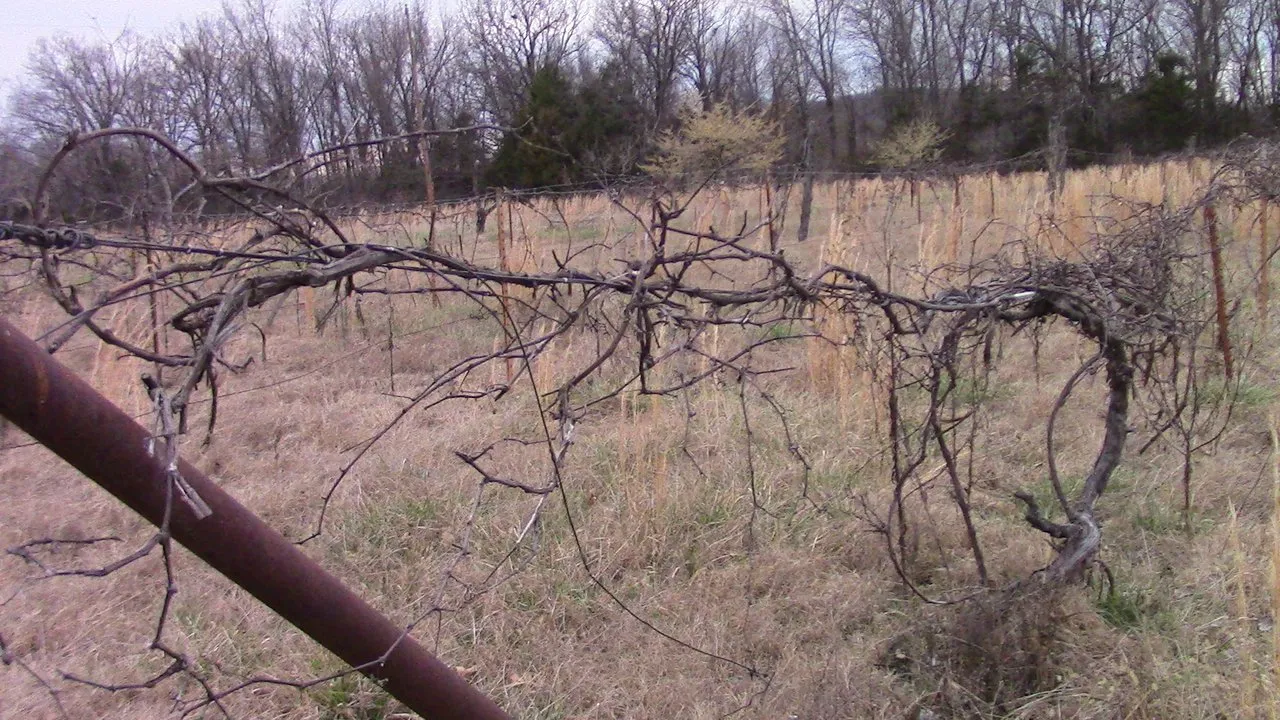
Once opportunity that I've had in Arkansas is the chance to revive a mostly abandoned vineyard.
The man who used to tend to these grapevines moved away some years ago, and since them, they have gotten very little attention. Thankfully, they are still alive and growing, and now I have the opportunity to attempt to revive them.
This vineyard of Concord Grapes was not in very good shape when I moved down. Last year, the @little-peppers and I removed all of the dead vines. We then let the remaining living vines grow last year, to see how they did. Now that they are dormant and about to wake up, it's time to prune them back.
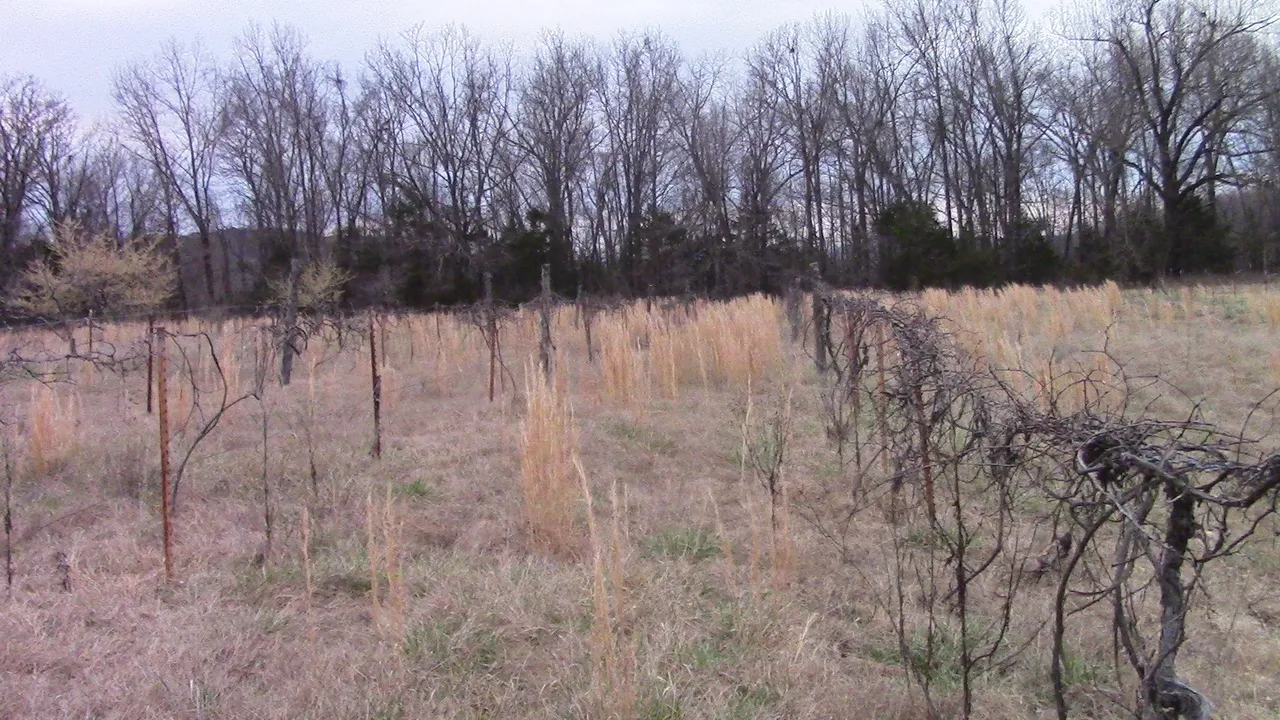
Since I've never actually tended a vineyard before, I'll be experimenting a bit. I've researched some various opinions about exactly how to do it. I'll try a few different things with each row, and then see what works best to use in the future.
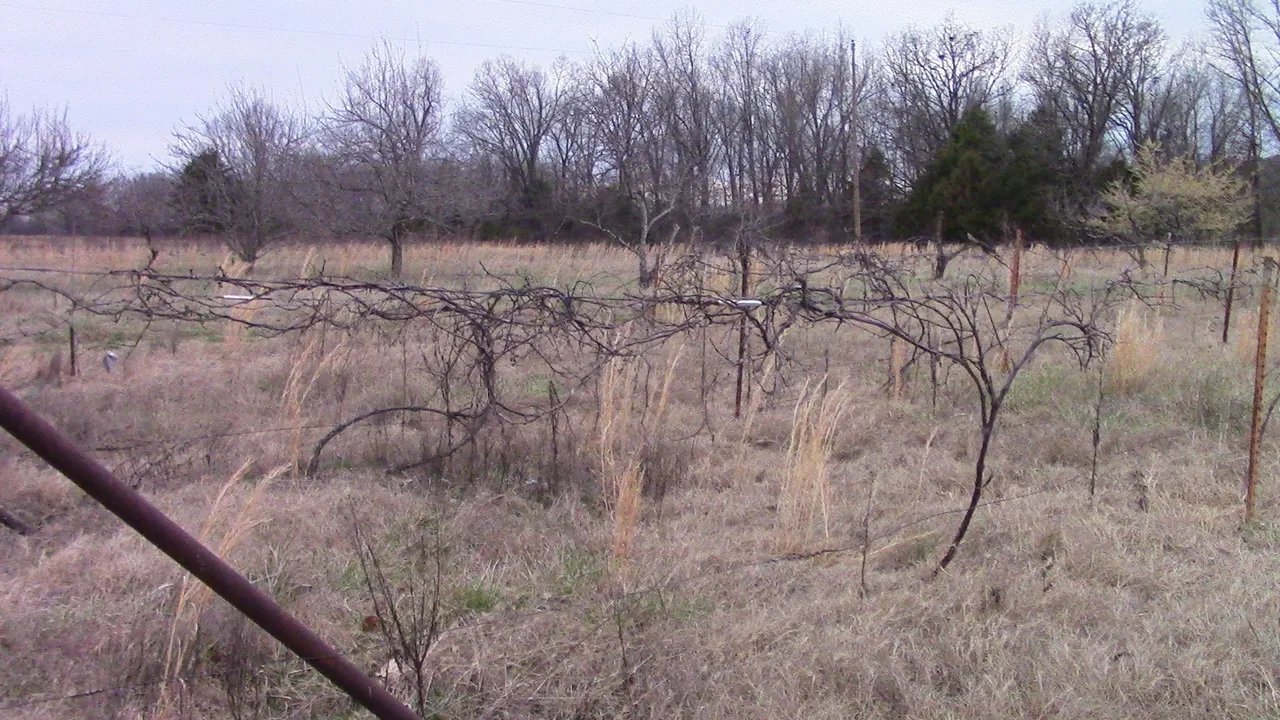
The vines are very overgrown, so by pruning them, I'll have a lot of cuttings to attempt to propagate too! Hopefully, I'll be able to both revive this vineyard and start a few others. I've always loved fresh grapes right off of the vine.

Here are a few before and after photos of what I've been up to.
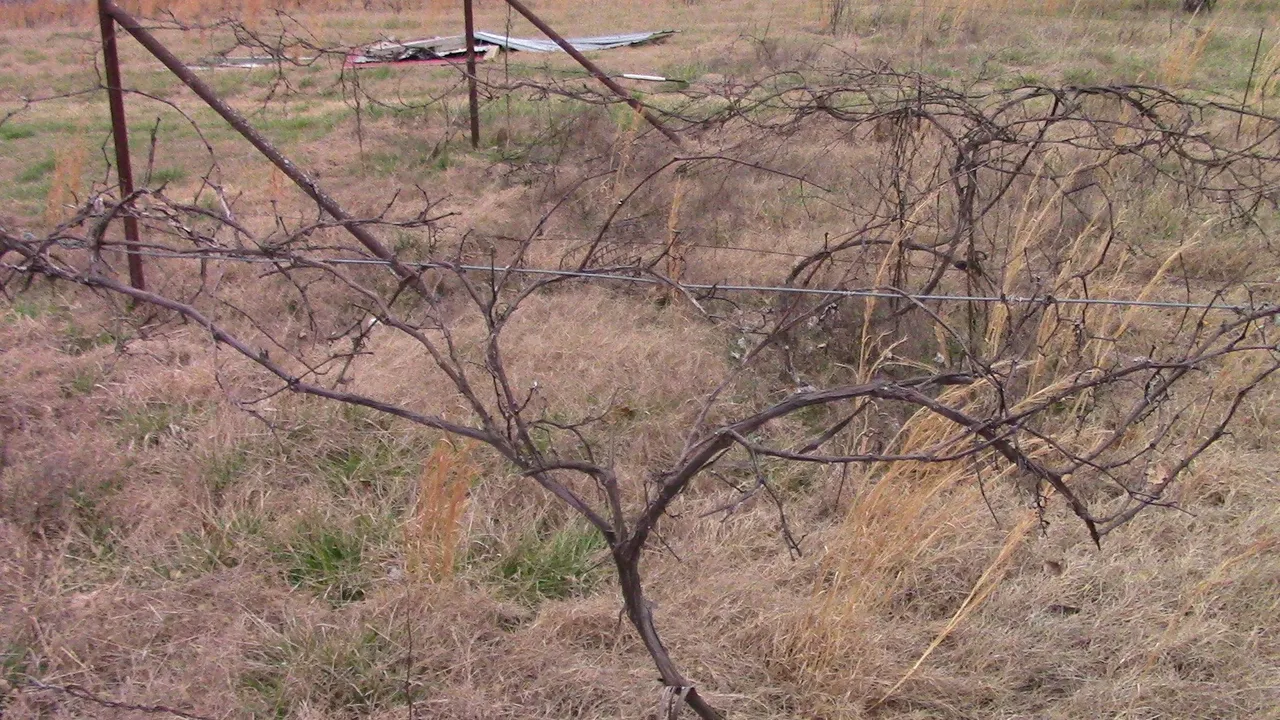


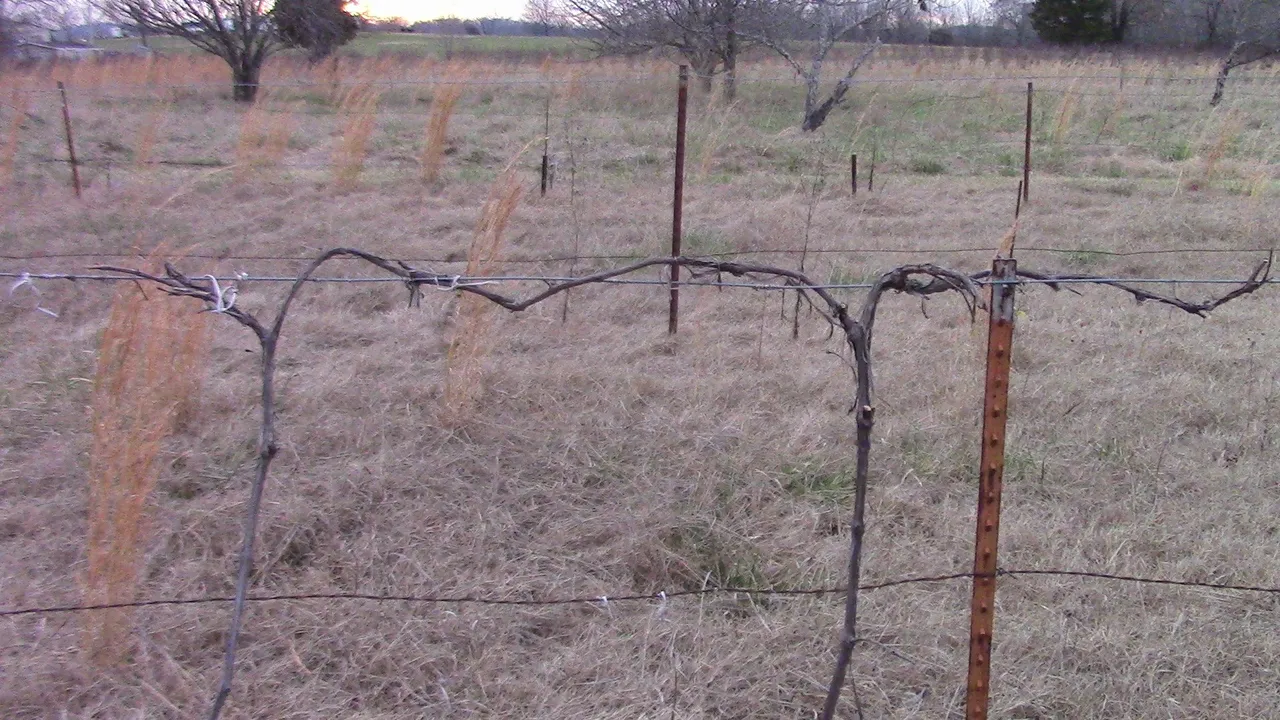
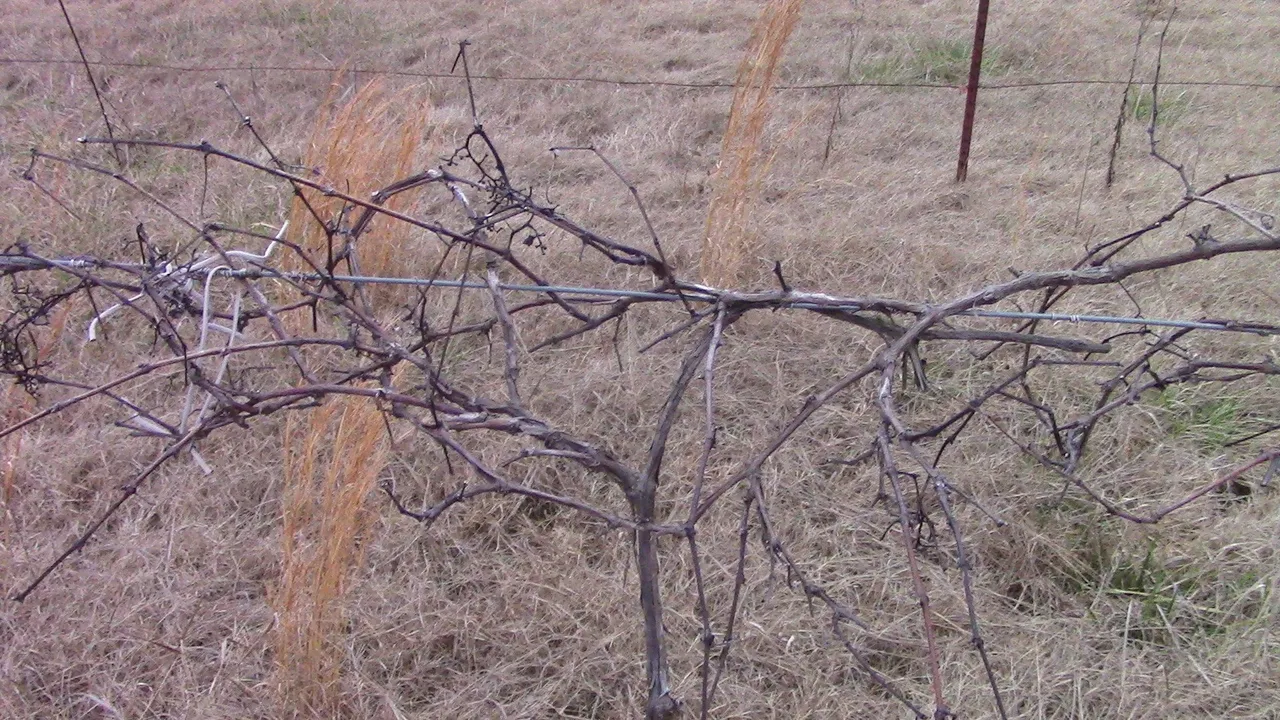
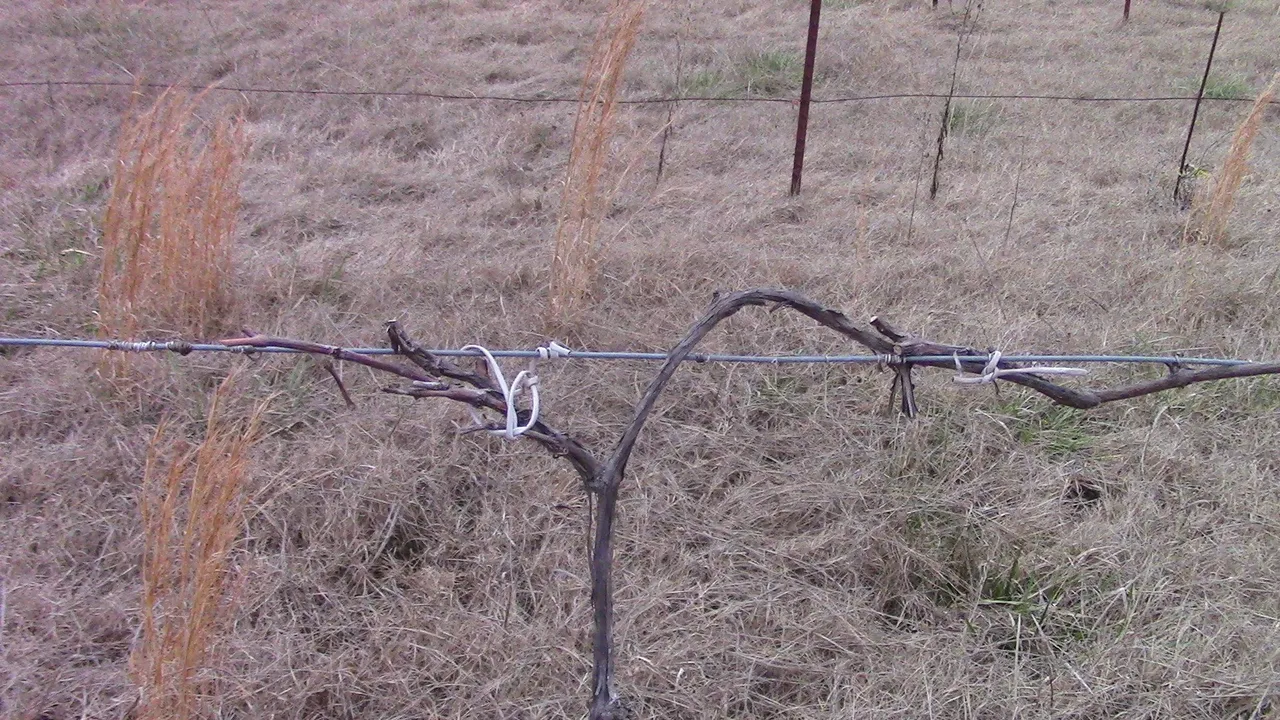
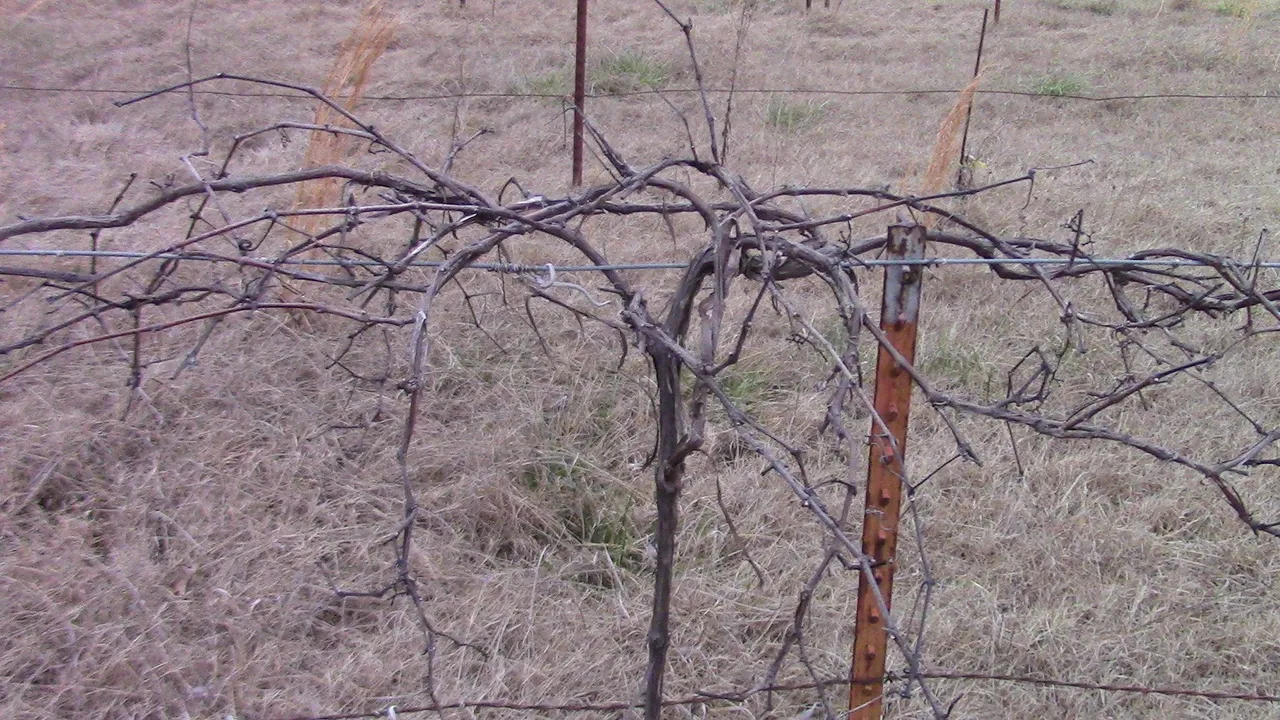
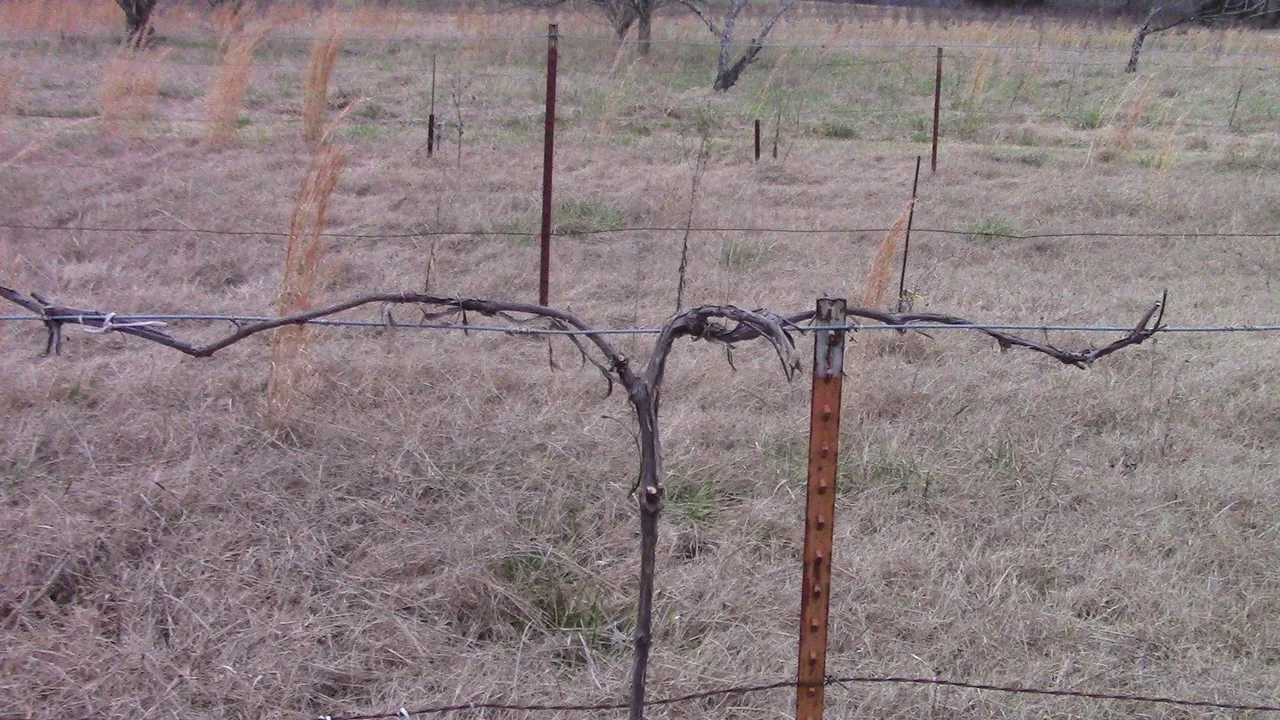

This method of pruning pretty much cuts the vine back until only a short "T" shape remains. Since the stalk and branches that remain are alive, they will send out new vines which will eventually produce some grapes... hopefully.
The other benefit that I mentioned is that you get a whole bunch of cuttings which you could attempt to propagate. Here is just a small sampling.
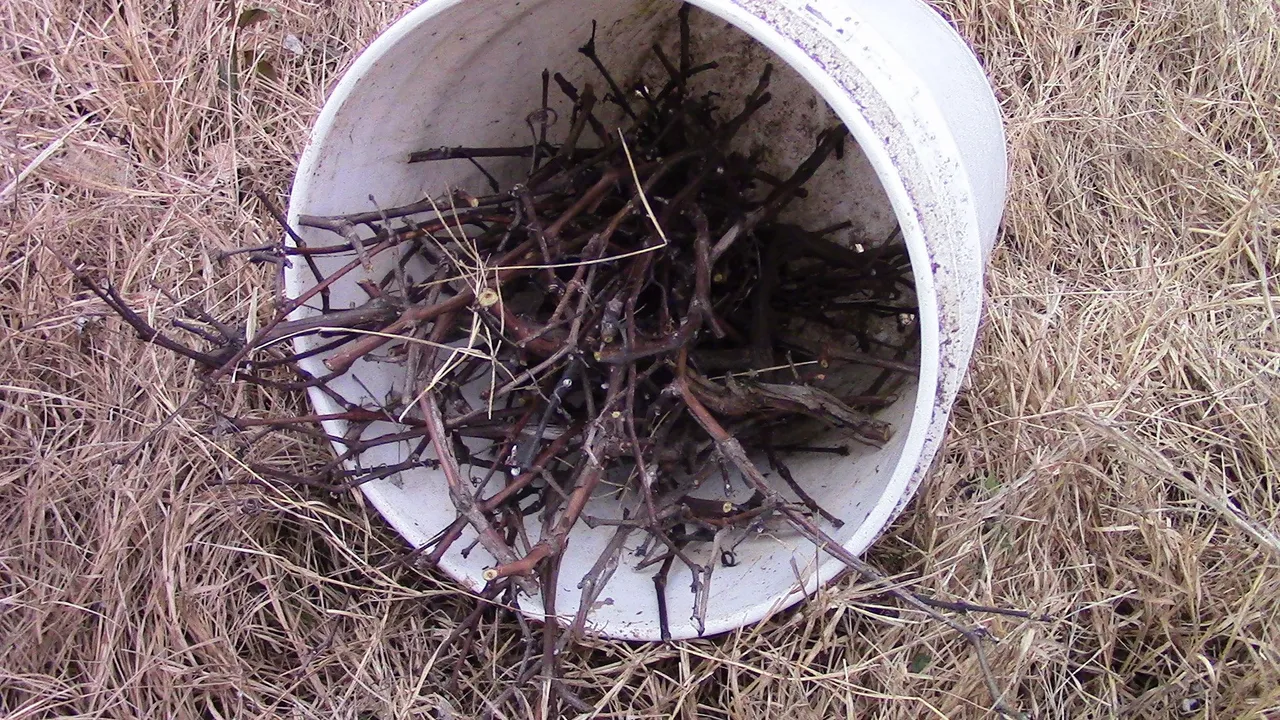
Because these cutting are both alive and dormant, when you bury at least a node or two and leave one above the soil to bud, the buried ones should be able to grow some roots, if you keep them moist enough. Whenever you prune the vines, make sure that the ones you plan on propagating are green on the inside, which means that they are still alive.

If the inside is brown and dry, then it is dead and can no longer be used to start a new vine.

Learning at 36 vs. learning at age 4.
Some of these pruning and propagating efforts I've been working on for a few years, while others are new experiments that I'm attempting right now. Unfortunately, I lacked a lot of practical skills growing up that could have benefited me now.
However, since my @little-peppers often spend a good amount of time with me, they can learn these skills now. That way, if they want to use them later, they'll have them. By the time that they are my age, they could have three decades worth of hands on experience or more!
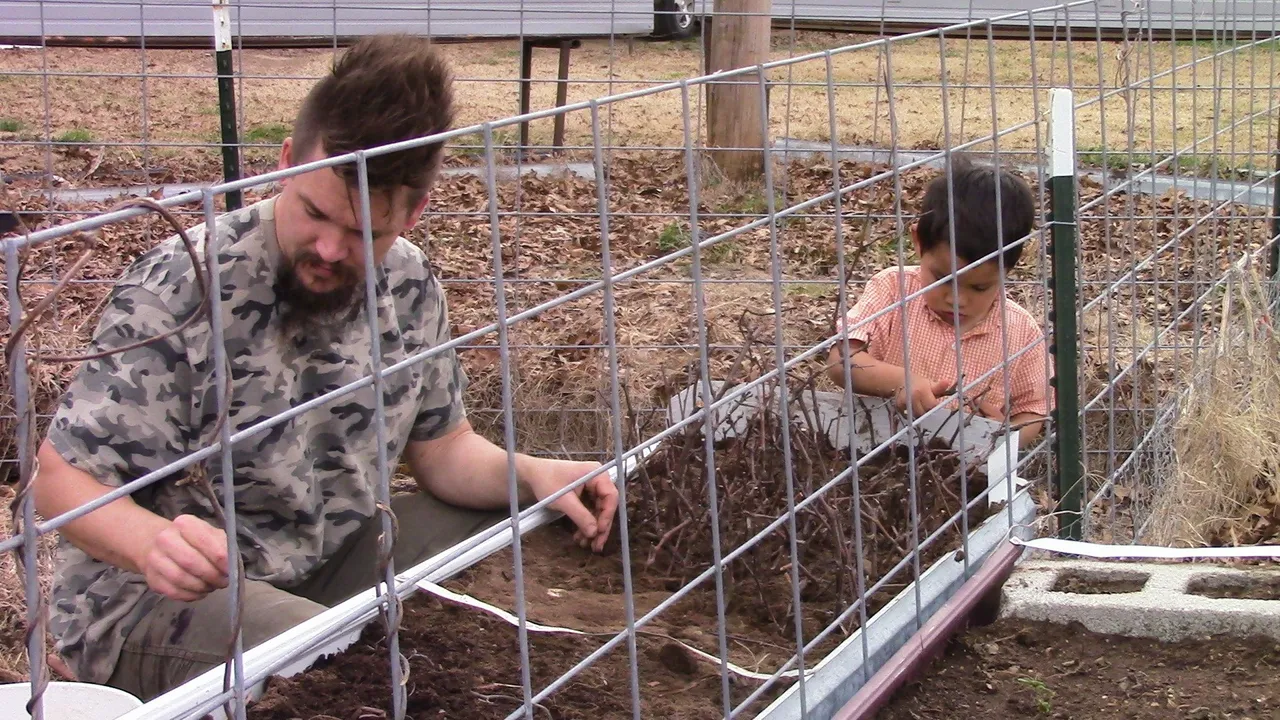
My son "Monster Truck the Pepper" and I built another raised bed to use for propagating. In this controlled environment, we should be able to monitor the moisture appropriately to ensure the best results in our propagation efforts. Since this is just a temporary home for these cuttings and they only need to start rooting here, they are packed in pretty tight, but this should also help us maximize our use of space.
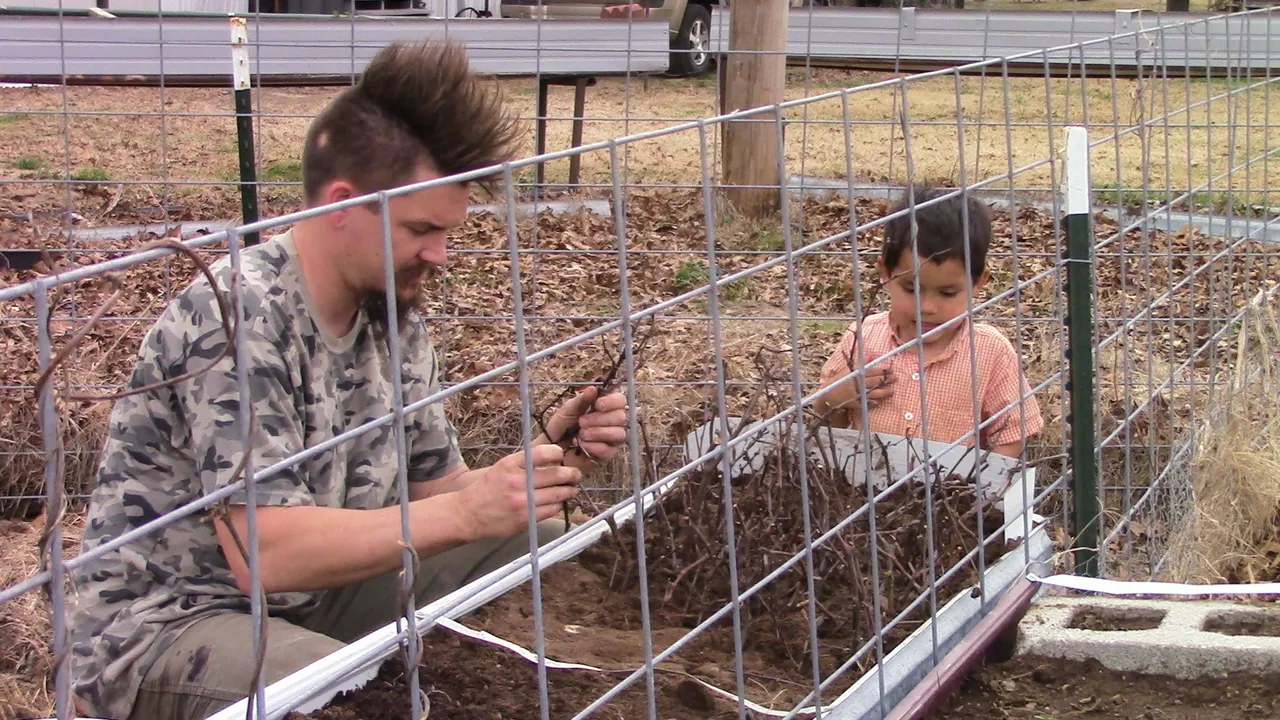
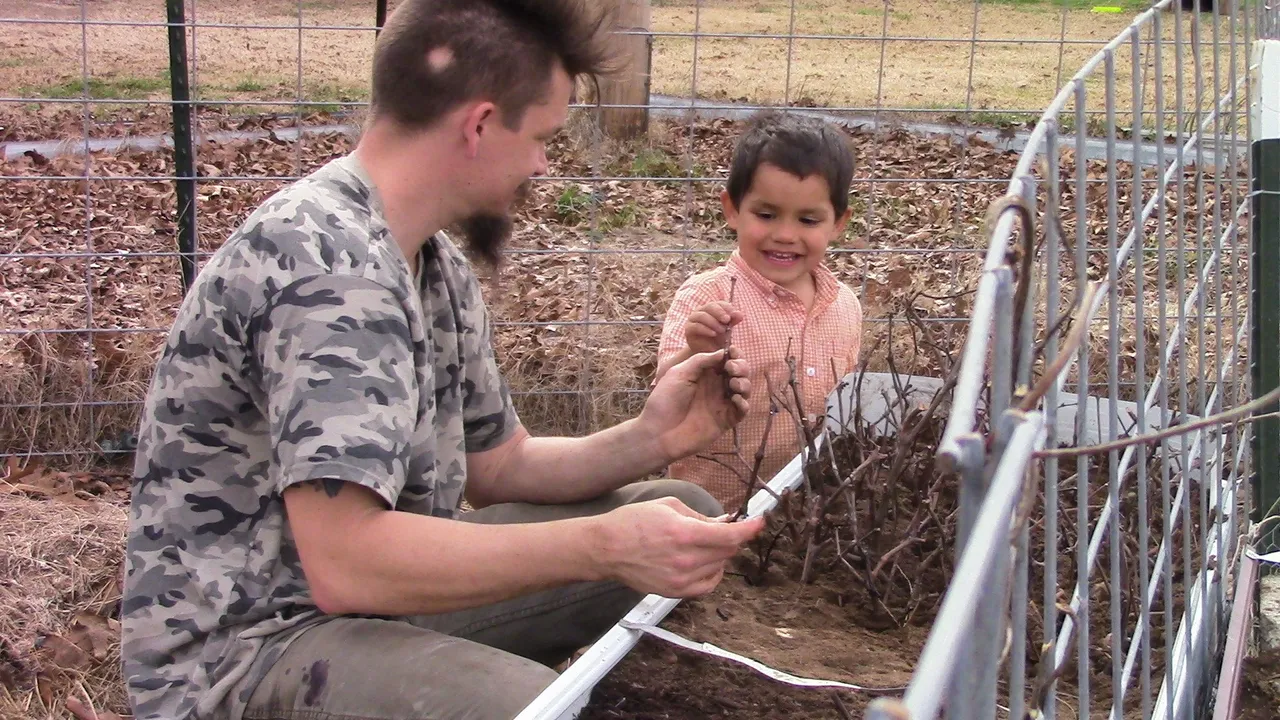
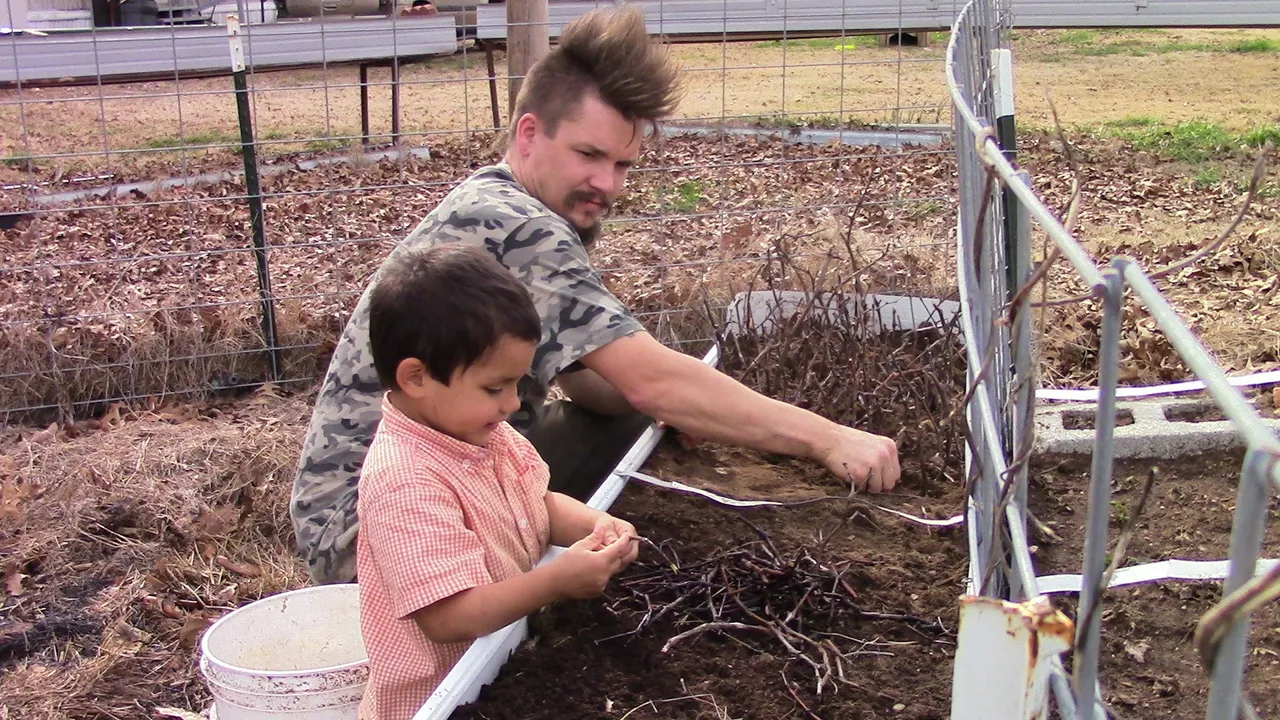
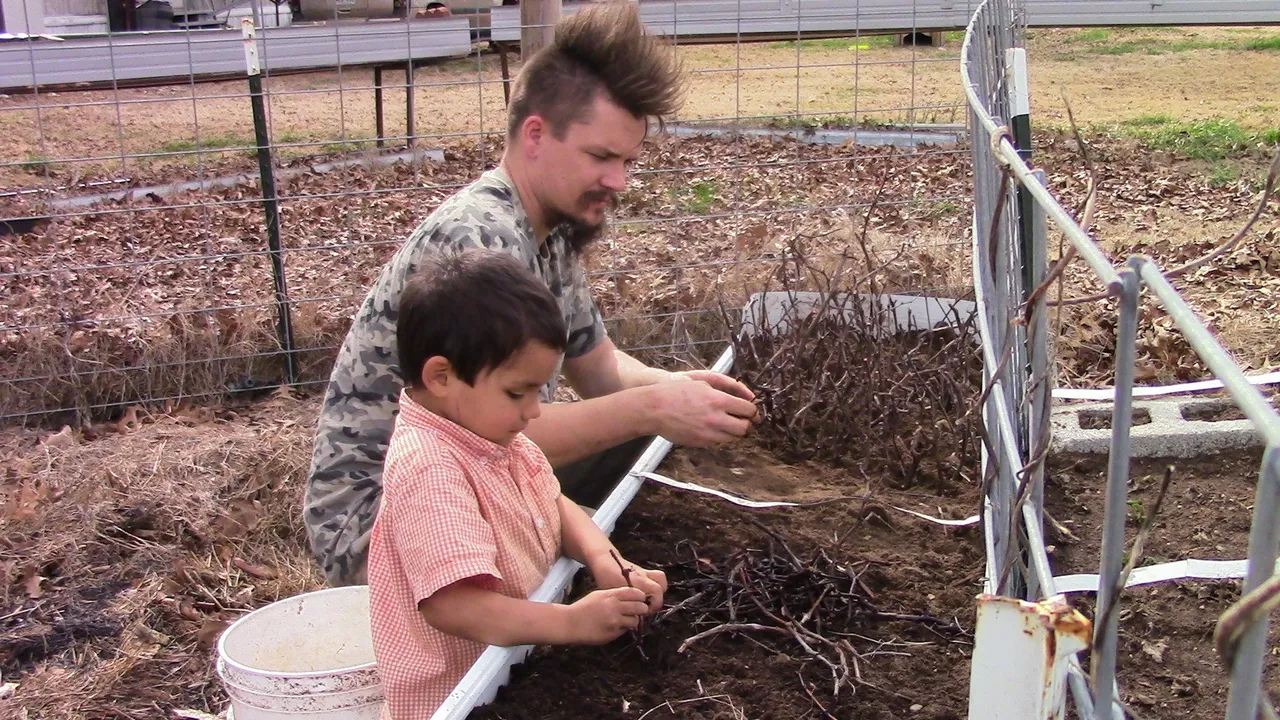
Playing with sticks in the dirt can be a lot of fun for a boy anyway, and if it leads to some extra food for the family, all the better.
We will continue to explore, experiment, and attempt, and we'll let you know how these projects work out. I hope that you enjoyed this little adventure in pruning and propagating!
STEEMIT LIKE YOU MEAN IT!
